Creating a niche site presents a variety of challenges. In particular, the question of how you can build relevance for your chosen topic is crucial for success. An effective strategy here is to use secondary content. This refers to additional content that supports and deepens your main themes. In this guide, I will show you how to improve the visibility of your website and increase visitor engagement through the targeted selection and integration of secondary content.
Key Insights
- Secondary content underpins the relevance of your main themes.
- Use different types of information to increase the value of your site.
- The right keyword strategy is crucial for the discoverability of your content.
- Optimize your site structure to improve user experience.
Step-by-Step Guide
1. Identify Your Main Topic
First, you need to define a clear main topic on which your niche site will be based. For example, this could be "Sample Marriage Contract." It's important that you choose a topic where there is both demand and the competition is not excessively strong. Use tools like SE Cockpit to start your analysis.
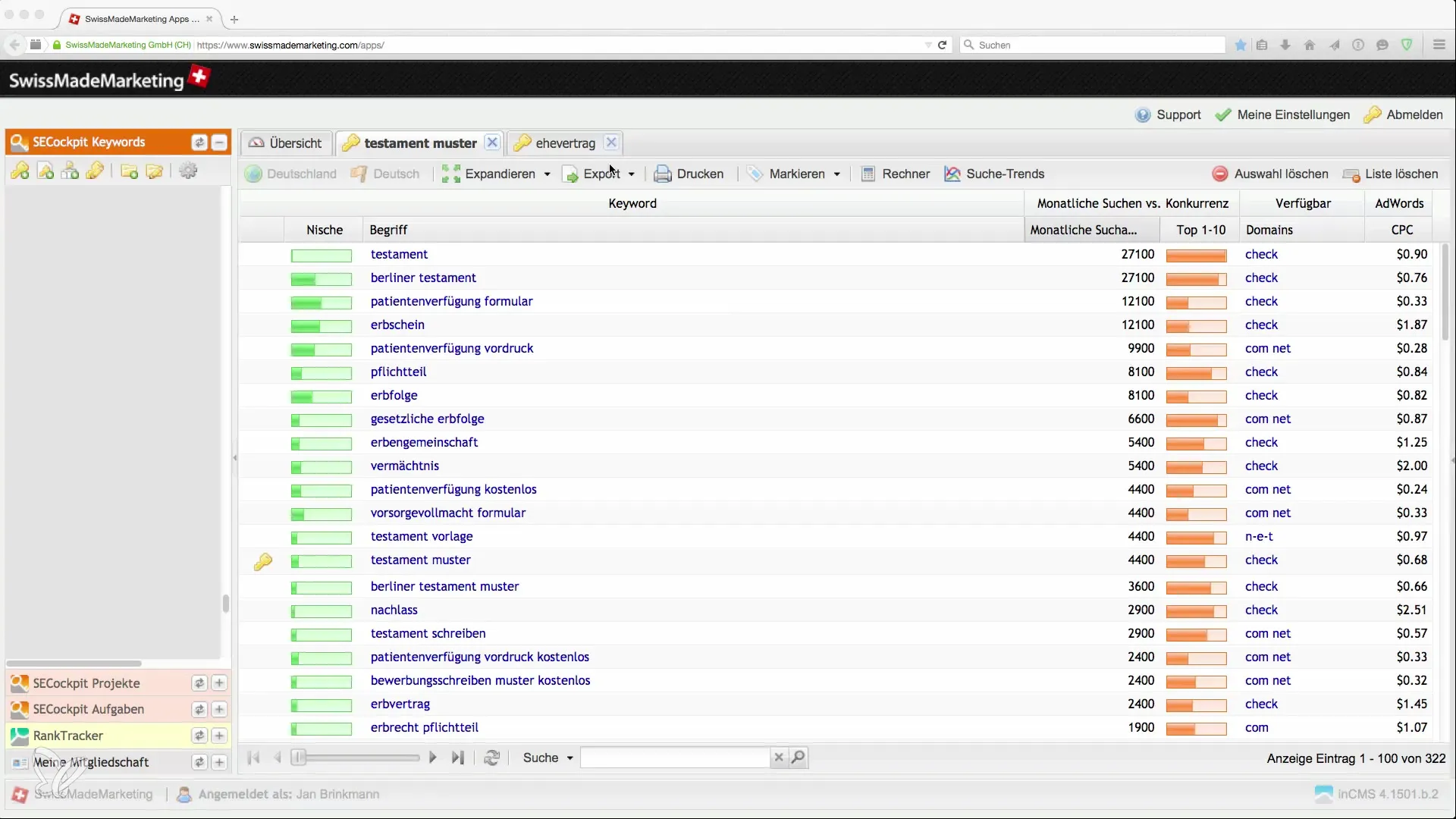
2. Analyze the Competition
Once you have established your main topic, the next step is competition analysis. Look at which pages rank well in relation to your topic. Pay attention to domain authority and the Moss rank. Weaker competition can help you gain visibility more quickly.
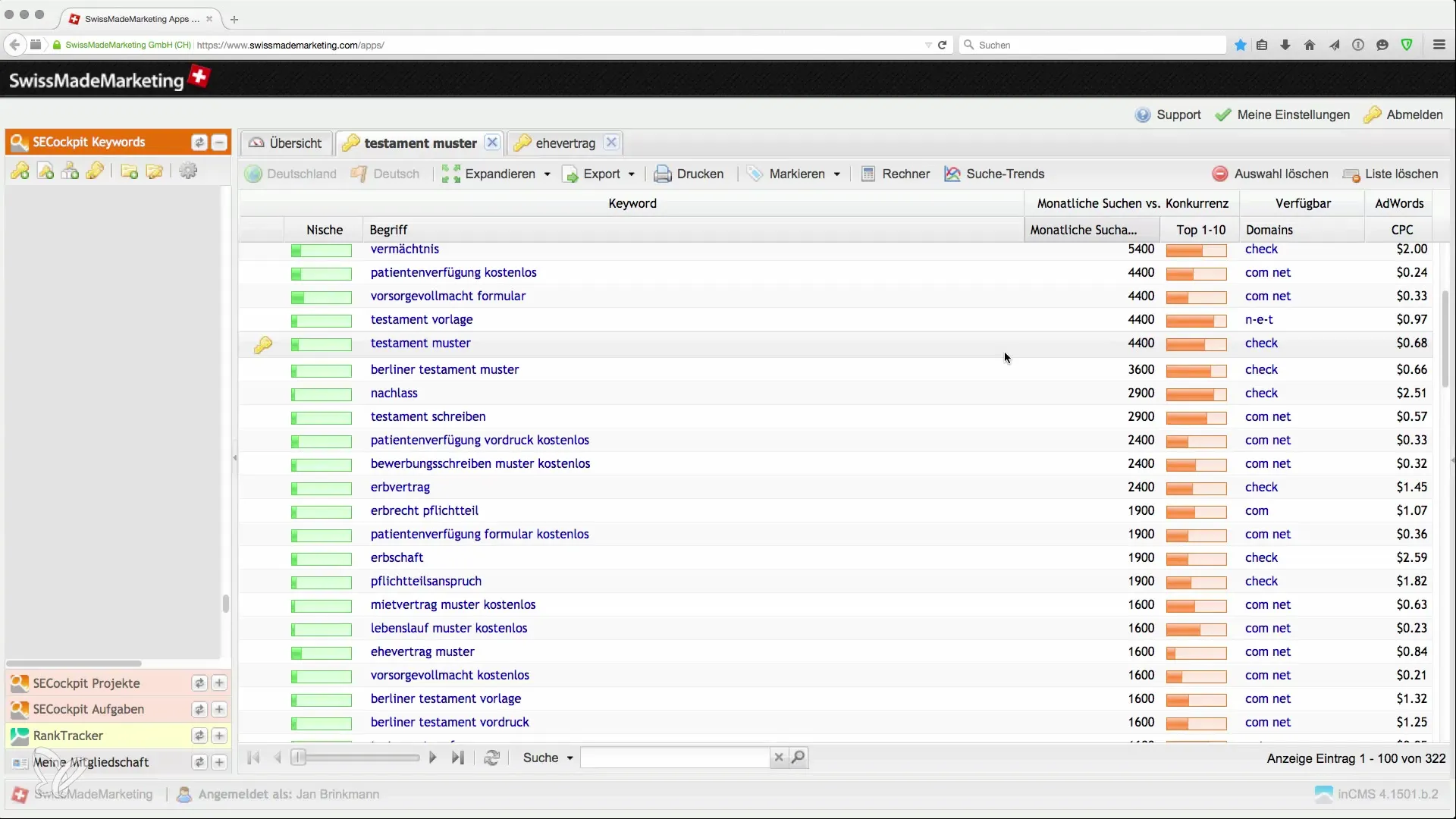
3. Select Appropriate Keywords
To strengthen your website's search engine ranking, you need a strategy for selecting suitable keywords. Start with your main keywords, such as "Sample Marriage Contract." Then expand these with related keywords to achieve broader topic coverage. This includes keywords like "Marriage Contract Costs" or "Asset Separation" – topics directly related to your main keyword.
4. Integrate Secondary Content
Now it’s time to generate secondary content. This can consist of FAQs, additional explanations of aspects of the marriage contract, or inspiring examples. The secondary content should inform the readers and enhance the value of your site. Ensure that the content is well-structured and easy to understand to engage the reader.
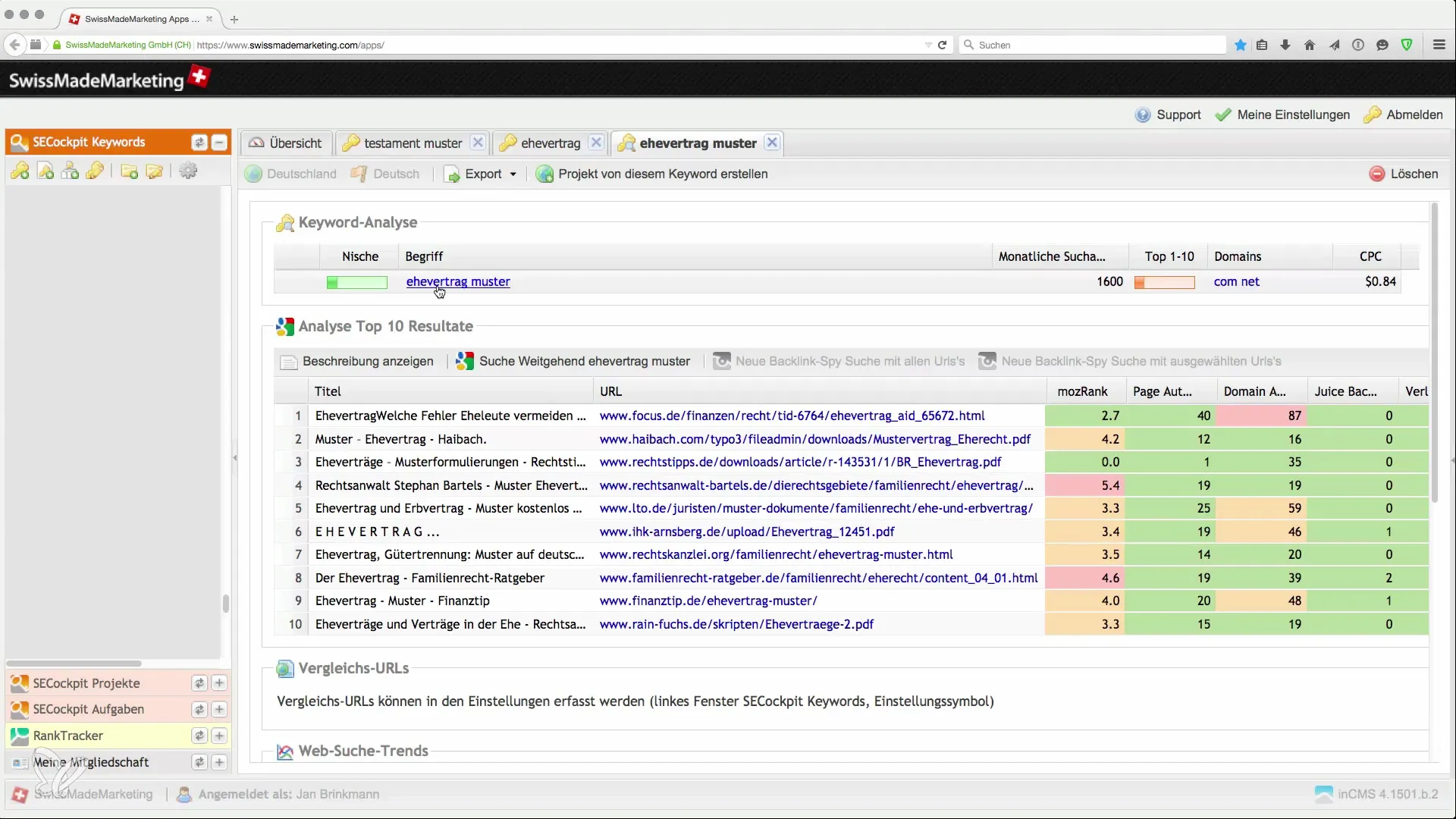
5. Optimize Website Structure
The structure of your website plays a crucial role in user experience. Use clear categories and subpages to ensure easy access to all relevant information. A well-organized website helps visitors quickly find the knowledge they need and increases the likelihood that they will stay longer and return.
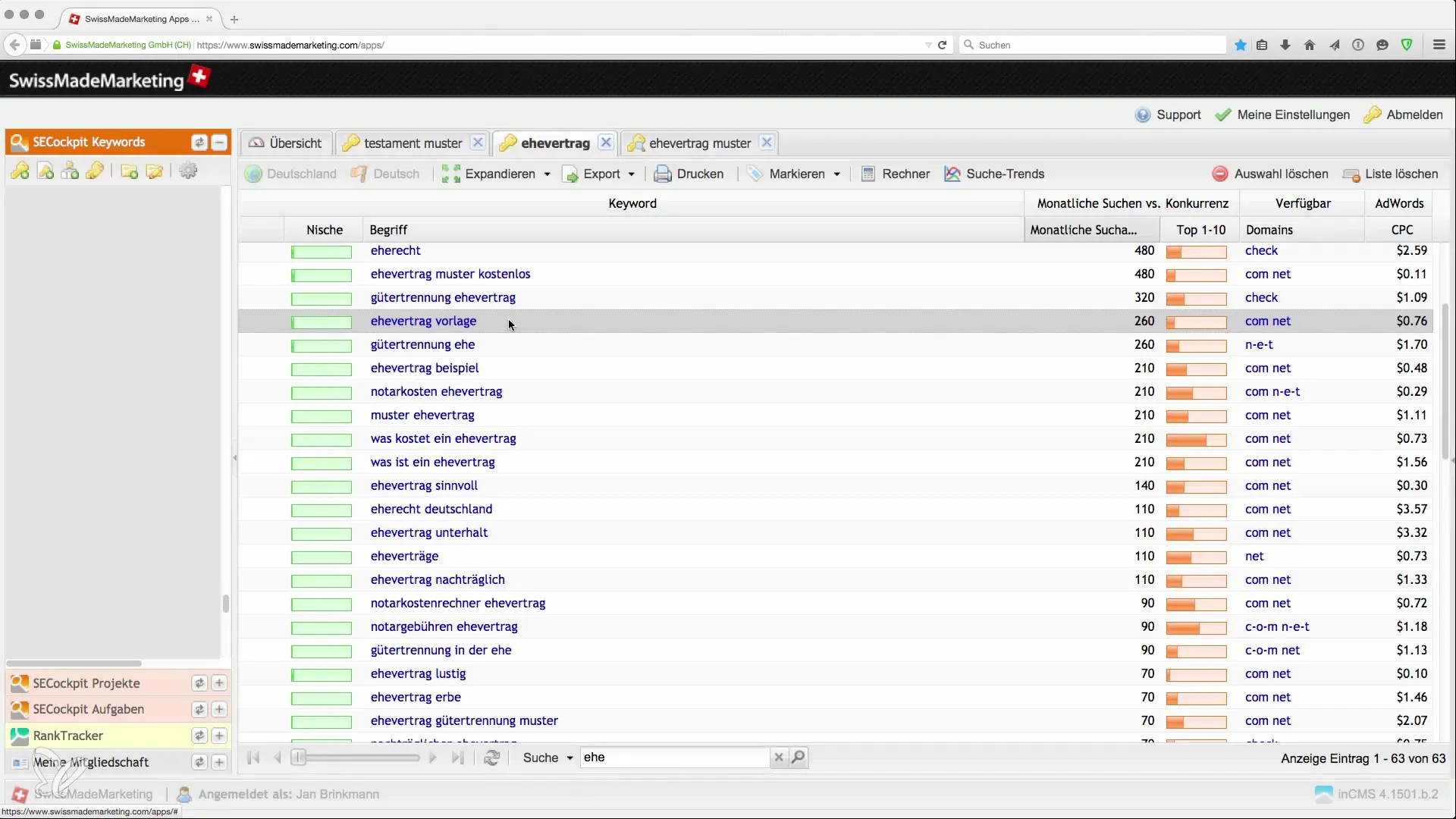
6. Avoid Redundant Content
It is important to avoid redundant content, as this is rejected by Google and diminishes the quality of your website. For example, if you have an article about "Sample Marriage Contract," you should not repeat the exact same information in an article about "Marriage Contract Template." Instead, you should offer additional information on the topic to create added value.
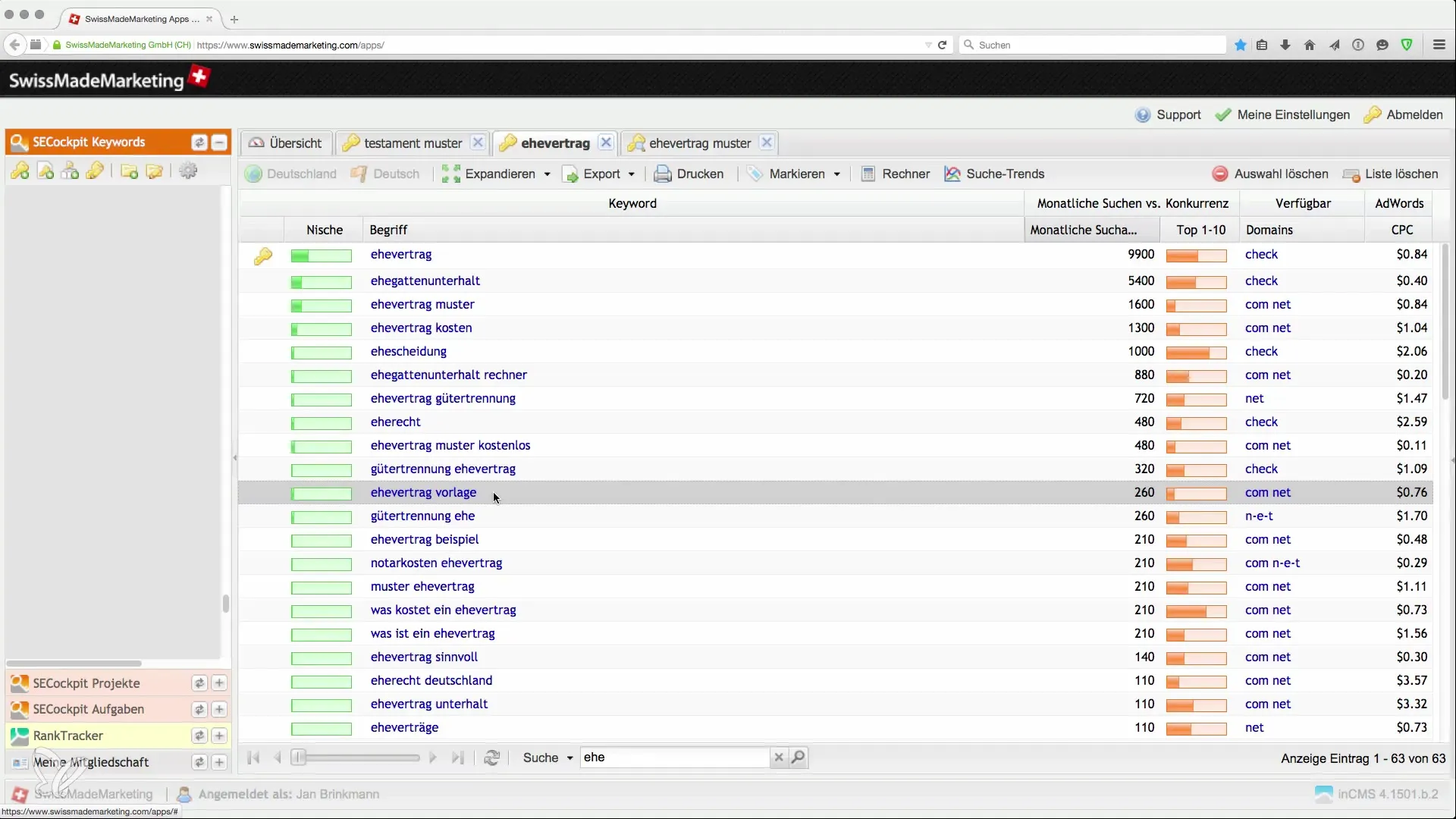
7. Generate High-Quality Content
To be successful in ranking, the quality of your content is crucial. Make sure to provide between 800 and 1200 words for each article, offering informative and engaging content. This not only increases relevance but also the likelihood that visitors will consider your site valuable.
8. Regular Review and Adjustment
The digital landscape is constantly changing. Therefore, it is important to regularly review which content is well-received and which is less so. Make sure to provide up-to-date information and adjust your strategy as necessary. Use analytics software to gather valuable data and further optimize your content.
Summary
By strategically using secondary content, you can significantly increase the relevance of your website. Carefully select your main and secondary keywords, organize your content sensibly, and ensure that you offer high-quality added value. If you follow these steps, you are well on your way to successfully creating your niche site and building an audience.
Frequently Asked Questions
How important is secondary content?Secondary content increases the relevance and usefulness of your site.
What tools can I use for competition analysis?Tools like SE Cockpit help you analyze your competition.
How often should I update my content?Regular updates are important to stay relevant.
How many words should an article have?An article should ideally contain between 800 and 1200 words.
What can I do to avoid redundant content?Provide additional information that increases value.


